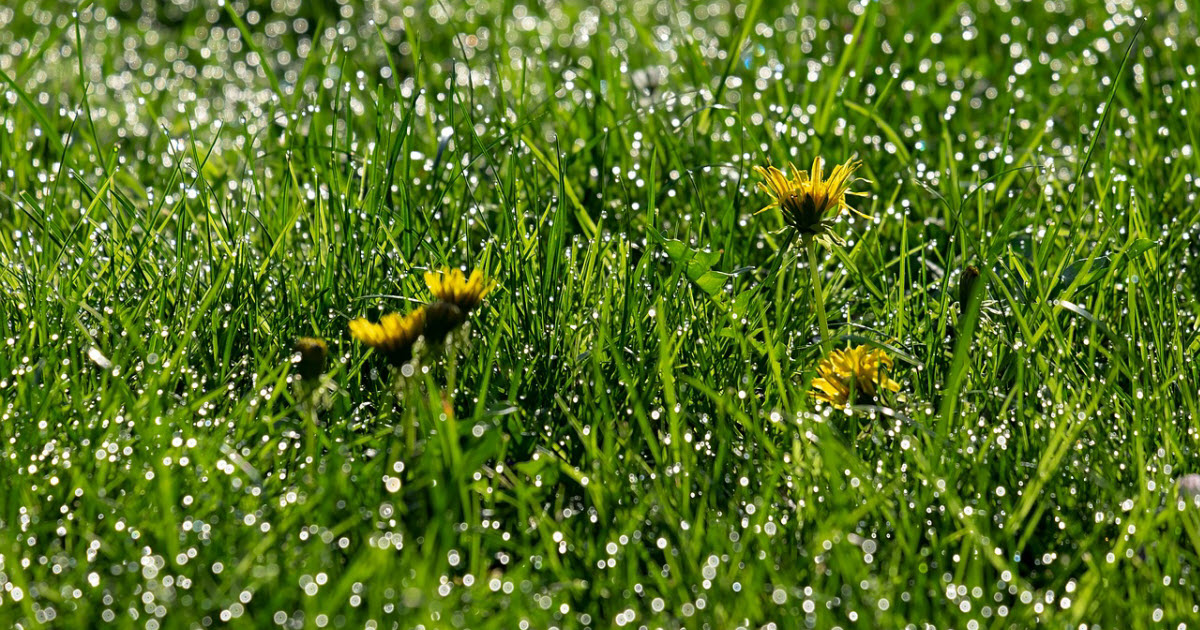Maintaining a lush, green lawn is a dream for many homeowners. However, the presence of weeds can be a nightmare for those who take pride in their lawn. Fortunately, with the right knowledge, you can identify and control the most common lawn weeds. In this article, we will guide you through the process of identifying and controlling these pesky plants.
1. Dandelions
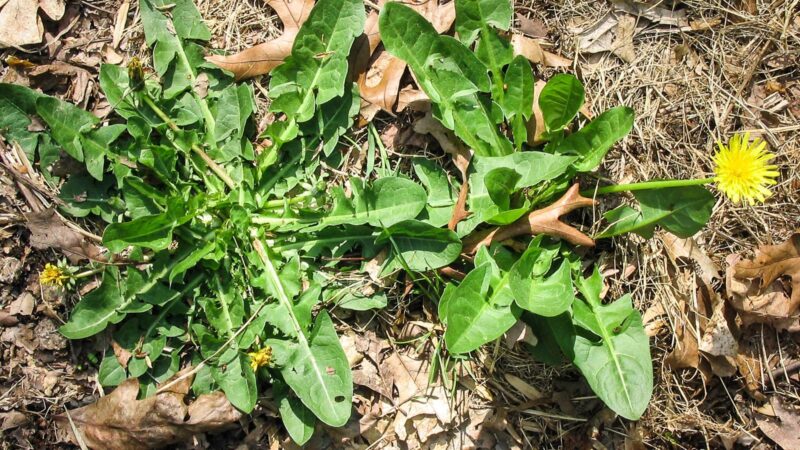
Dandelions are one of the most recognizable lawn weeds, with their bright yellow flowers and fluffy white seed heads. They can grow up to 12 inches tall and have a deep taproot that makes them difficult to remove. They are spread through wind-blown seeds and can quickly take over a lawn.
To control dandelions, you can hand-pull them or use a weeding tool to remove the entire root. If the infestation is severe, a broadleaf herbicide may be necessary. It is important to use the herbicide as directed and avoid applying it on a windy day.
2. Crabgrass
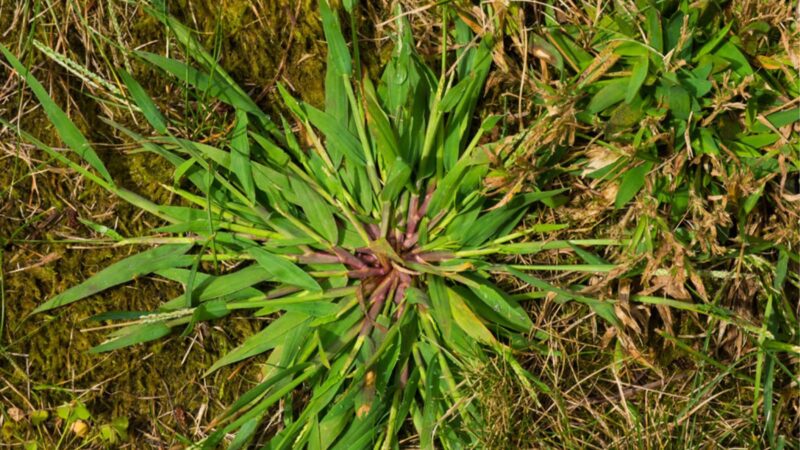
Crabgrass is an annual weed that can quickly spread throughout a lawn. It is identifiable by its coarse, light green leaves and spreading habit. Crabgrass grows best in warm, sunny areas and can quickly take over a lawn if not controlled.
To prevent crabgrass from spreading, it is important to maintain a healthy lawn by fertilizing it regularly and watering it deeply. A pre-emergent herbicide can also be applied in the spring to prevent the germination of crabgrass seeds. If the infestation is severe, a post-emergent herbicide can be applied to kill the existing plants.
3. Clover
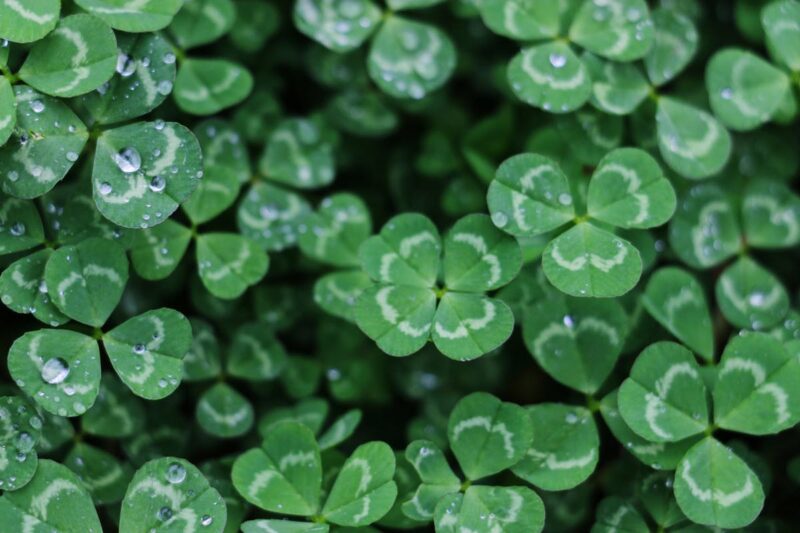
Clover is a perennial weed that is easily identifiable by its three-leaf structure and white or pink flowers. Although it was once a popular addition to lawns because of its nitrogen-fixing properties, it is now considered a weed that can quickly take over a lawn.
To control clover, hand-pulling is an effective method if the infestation is small. Applying a broadleaf herbicide can also be effective, but it is important to avoid spraying the herbicide on a windy day. Lawn fertilization and weed control services can also help prevent clover from taking over your lawn.
4. Chickweed
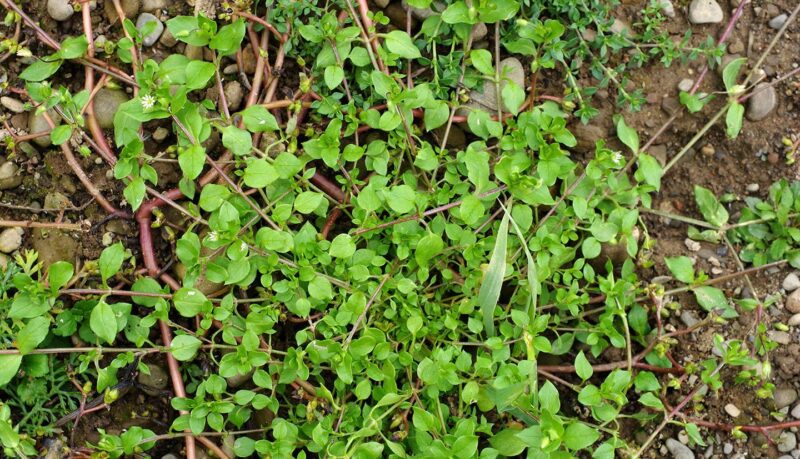
Chickweed is a cool-season annual weed that can quickly spread throughout a lawn. It is identifiable by its small, star-shaped flowers and delicate leaves. It grows best in moist, shady areas and can quickly take over a lawn if not controlled.
To control it, hand-pulling is an effective method if the infestation is small. Applying a post-emergent herbicide can also be effective, but it is important to use the herbicide as directed and avoid applying it on a windy day.
Conclusion
Identifying and controlling lawn weeds can be a challenging task, but with the right knowledge, it is possible to maintain a healthy, green lawn. Regular maintenance, including fertilization and weed control services, can help prevent weeds from taking over your lawn. Hand-pulling and herbicide applications can also be effective methods of controlling weeds. By taking these steps, you can keep your lawn healthy and weed-free.

